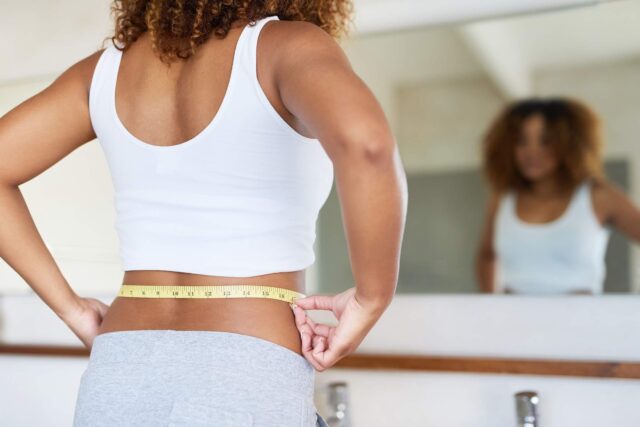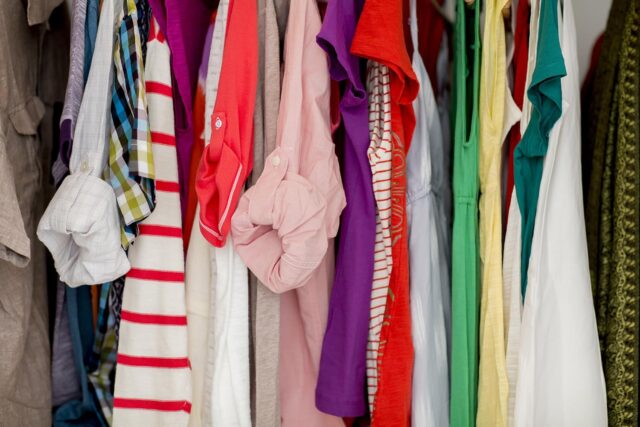
These 9 tips will ensure that you don’t regret shopping online, especially with the no return policy.
You’ll need clothes after three months of isolation. You and your children will need clothes. If you have a partner, they will also need clothes. It’s not easy to go shopping and try on clothes in the store. Most people are limited to online shopping. How can we be successful home shoppers if we don’t have the luxury to shop in-store?
These 9 tips will ensure that you don’t regret shopping online, especially since many online retailers like vloneclothing.net have a return policy.
1. Measure Yourself Carefully

You can guess what size garment you will wear if you are shopping in a physical store. Online shopping is a different experience. You will need to be able to select the right size for you based on your measurements. Know the following measurements for most clothing types:
Measure your chest. This is the measurement at the largest part of your bust. This measurement is best done in the bra that you will be wearing with your garment.
Measure your waist – this is the area where you will find the narrowest. It may not always be where you think it should be. It’s not always where you wear your pants.
Measure your hips – measure the entire length of your hips, including the butt.
Pro tip: Sit down and measure your waist and hips. This will ensure that your garment is comfortable, particularly if it is a woven fabric.
Inseam – women’s clothing has three sizes. These are petite, standard, and tall. To determine where your pants will fit, measure your upper thigh from where your cuff is to the top. You might find that this measurement is different if your shoes are high-heeled.
2. Compare Measurements with Size Charts & Reviews
Take a look at the size charts. You can always check them again. You will need to look at the size chart on the website of the designer, not the shop website if you are on a site with multiple brands. Two other useful tools are also available on many websites. They will show you the height and size of models and offer reviews. You can use the reviews to determine if something fits you or is too small or large. You can also scroll through photos of the person wearing the garment.
3. Be Familiar with Fabrics

If you look online, it is difficult to gauge how a garment will feel. You will want fitted pants that don’t feel tight. You can check your closet to see what fabric you have. You don’t want to wear something that feels strange. Don’t order any other fabric made from that fabric.
4. Order Based on Your Largest Measurements
Clothes don’t care if your waist size is medium and your hips size extra-large. However, this comes with a caveat: if something is fit-and-flare, order based on the place it’s supposed to “fit” and not where it is supposed to be flared. This can be seen by looking at how models fit. A close-fitting garment will mean that a medium-size will not fit. If it fits you well at the hips, it is worth buying. You can always adjust the waist if necessary.
5. Know Your Shop’s Return Policies

This information is important. However, if you have ever shopped at a store, even if in-person, make sure you check the current return policies. Many retailers have updated their returns policies in response to COVID-19. In case you have to return an item or have buyer’s remorse, mark the relevant deadlines on your calendar.
6. Get to Know Your Retailer
Many boutiques use Facebook groups to sell their clothes. These groups offer exceptional customer service as the owners are familiar with the garments and can answer any questions. Be considerate. If the group owner spent time helping you to find the right garment, you should buy it from them.
7. Enlist a Personal Shopper

A few subscription boxes that are “personal shopper”, have been a hit with customers. Stitch Fix and Trunk Club do a fantastic job tailoring clothing boxes to customers. This is a great option if you feel overwhelmed when putting together outfits. Stylists can also help you determine which size may be best for your needs.
8. Filter the result as per your choice and read reviews
Online shops have a lot of storage. This makes shopping easier. You can filter your search by price, size, item, and style.
You should also take the time to read both the positive and negative reviews. Your decision to shop online will be influenced more by reviews.
You can see how accurate they are based on the size chart, the condition in which they arrived, and how the material was treated. Many customers include pictures to help you get an idea of the product.
9. Ask questions, and get to know your retailer

Many online boutiques use social media to show their products. They offer the best customer service and can answer any questions you may have about the garments. Be humble, ask questions only when you need to purchase. Don’t waste your time asking irrelevant questions.
You may also have the chance to speak with people who have purchased the item in the past. This is the best way to get the information.
Wrapping it up
Although there is no perfect way to shop online for women’s clothing, it does get better with experience. However, we did our best to keep your stress levels low. These guiding tips will help you find the perfect purchase. We hope you find your online purchase easy.







